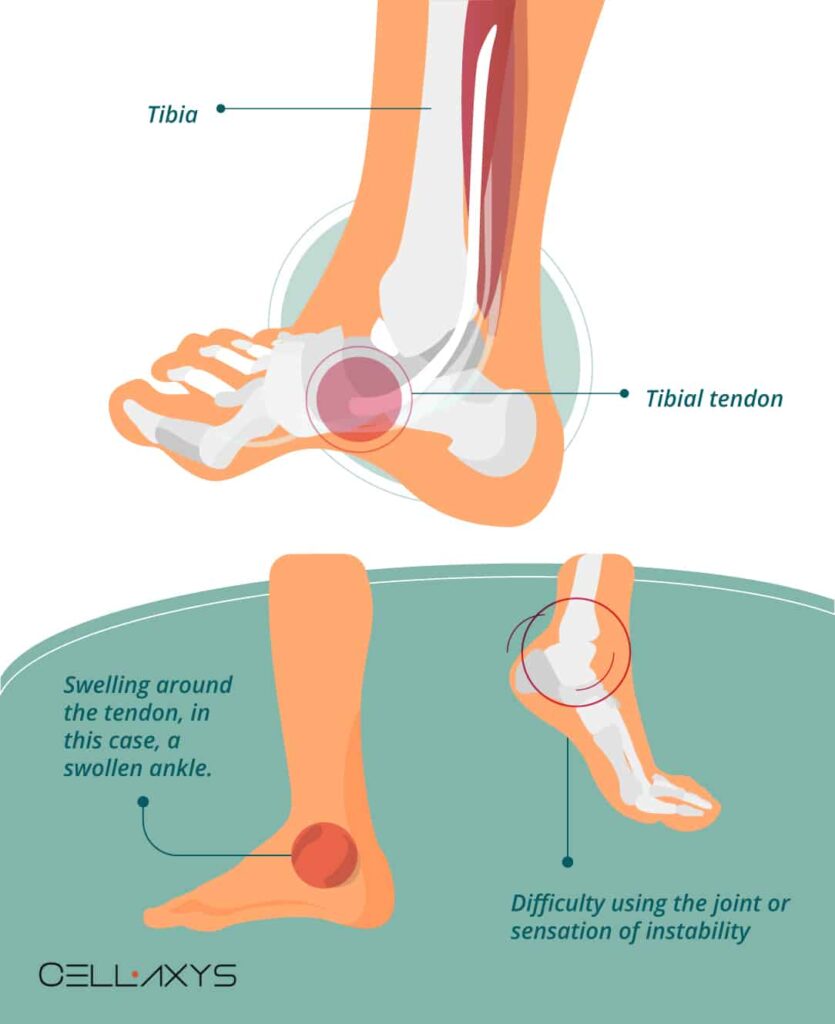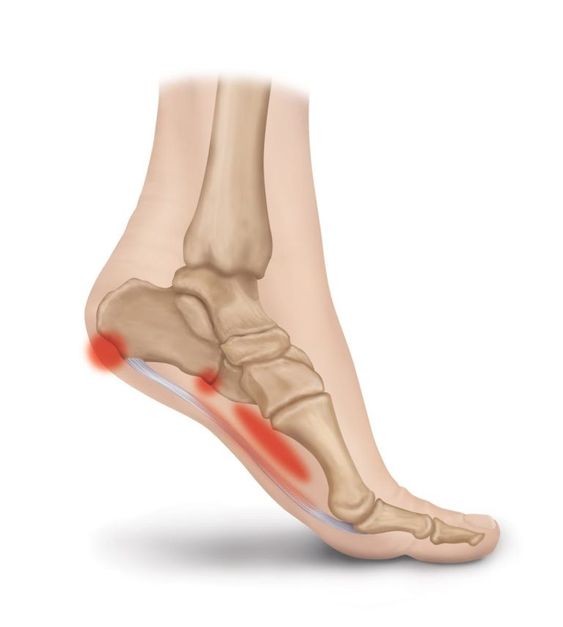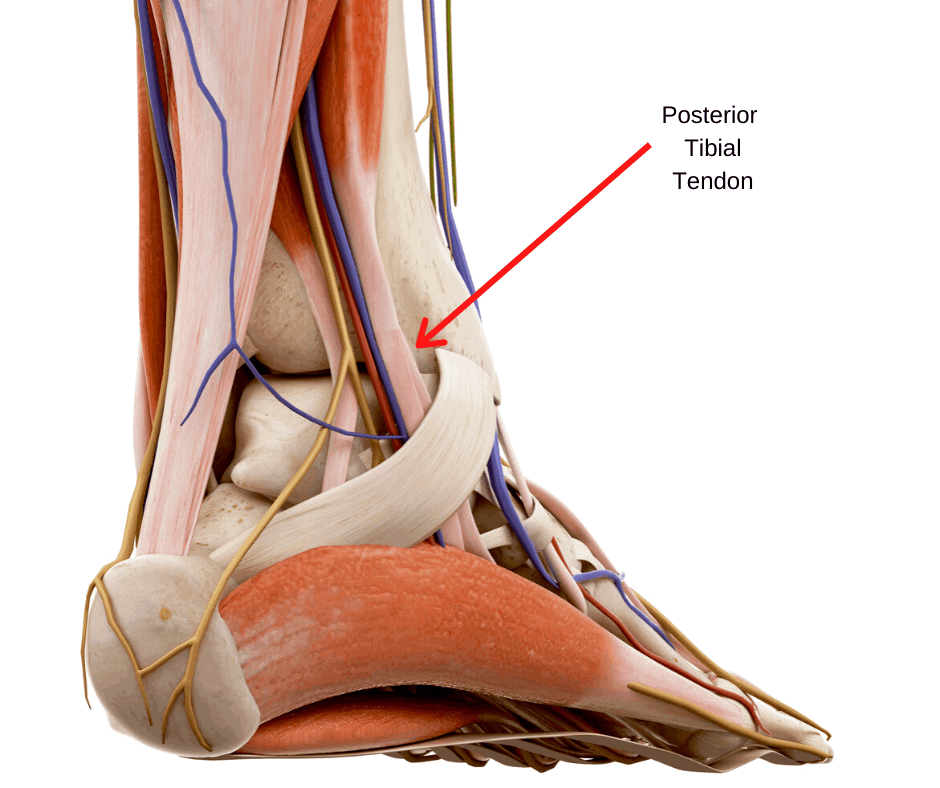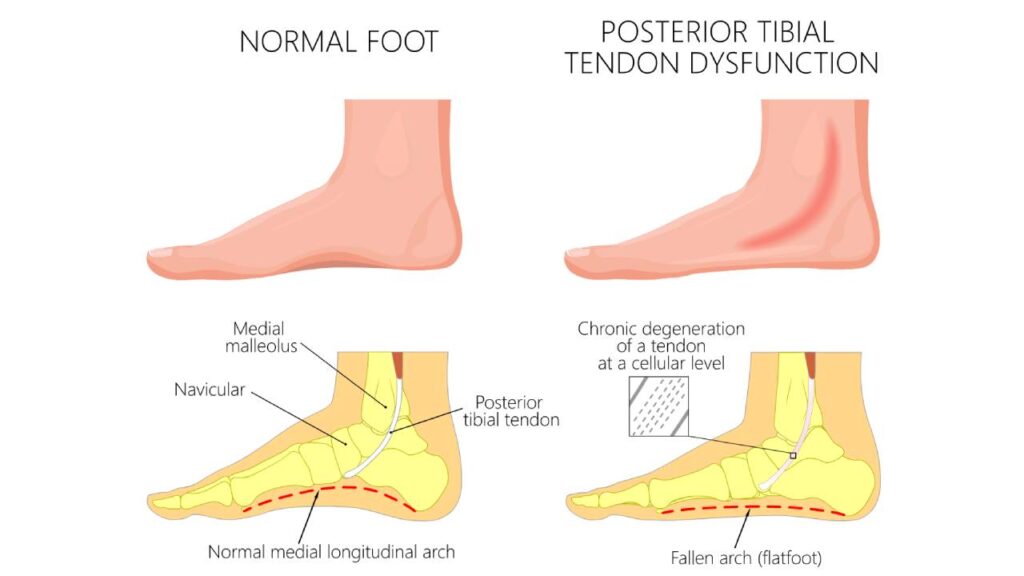POSTERIOR TIBIAL TENDON DYSFUNCTION (PTTD)
What Is PTTD?
The symptoms of PTTD may include pain, swelling, a flattening of the arch, and an inward rolling of the ankle.As the condition progresses, the symptoms will change. For example:
When PTTD initially develops, typically there is pain on the inside of the foot and ankle (along the course of the tendon). In addition, the area may be red, warm, and swollen.
Later, as the arch begins to flatten, there may still be pain on the inside of the foot and ankle. But at this point, the foot and toes begin to turn outward and the ankle rolls inward.
As PTTD becomes more advanced, the arch flattens even more and the pain often shifts to the outside of the foot, below the ankle. The tendon has deteriorated considerably and arthritis often develops in the foot. In more severe cases, arthritis may also develop in the ankle.


What Causes PTTD?
Overuse of the posterior tibial tendon is frequently the cause of PTTD. In fact, the symptoms usually occur after activities that involve the tendon, such as running, walking, hiking, or climbing stairs.
Treatment: Non-surgical Approaches
Because of the progressive nature of PTTD, it’s best to see your foot doctor as soon as possible. If treated early enough, your symptoms may resolve without the need for surgery and progression of your condition can be arrested. In contrast, untreated PTTD could leave you with an extremely flat foot, painful arthritis in the foot and ankle, and increasing limitations on walking, running, or other activities. In many cases of PTTD, treatment can begin with non-surgical approaches that may include:
Treatment Options:
- Orthotic devices or bracing – To give your arch the support it needs, your foot and ankle surgeon may provide you with an ankle stirrup brace or a custom orthotic device that fits into the shoe.
- Immobilization – Sometimes a short-leg cast or boot is worn to immobilize the foot and allow the tendon to heal, or you may need to completely avoid all weightbearing for a while.
- Physical therapy – Ultrasound therapy and exercises may help rehabilitate the tendon and muscle following immobilization.
- Medications – Nonsteroidal antiinflammatory drugs (NSAIDs), such as ibuprofen, help reduce the pain and inflammation.
- Shoe modifications -Your foot and ankle surgeon may advise you on changes to make with your shoes and may provide special inserts designed to improve arch support.


When Is Surgery Needed?
In cases of PTTD that have progressed substantially or have failed to improve with non-surgical treatment, surgery may be required. For some advanced cases, surgery may be the only option. Surgical treatment may include repairing the tendon, realigning the bones of the foot, or both. Your foot and ankle surgeon will determine the best approach for your specific case.
This information has been prepared by the Consumer Education Committee of the American College of Foot and Ankle Surgeons, a professional society of 5,700 podiatric foot and ankle surgeons.Members of the College are Doctors of Podiatric Medicine who have received additional training through surgical residency programs. The mission of the College is to promote superior care of foot and ankle surgical patients through education, research and the promotion of the highest professional standards. Copyright © 2004, American College of Foot and Ankle Surgeons . www.acfas.org
